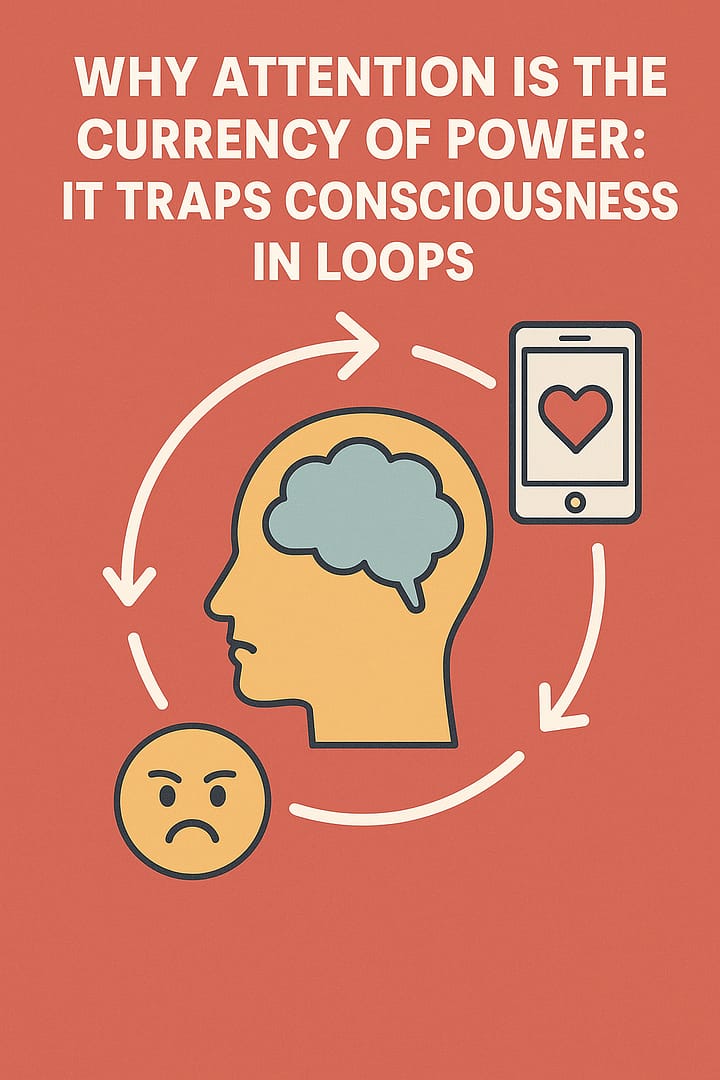AI and cross-cultural understanding
How can AI be used to enhance cross-cultural understanding and collaboration within anthropology?
Cross-cultural understanding and collaboration are fundamental goals of anthropology. AI technologies offer valuable tools that can facilitate and enhance these aspects by transcending linguistic barriers, enabling broader participation, and fostering cultural exchange. Here are several ways in which AI can contribute to cross-cultural understanding and collaboration:
Language Translation and Natural Language Processing
Language barriers often pose challenges in cross-cultural research. AI-powered language translation tools, coupled with natural language processing techniques, enable anthropologists to communicate with individuals from different linguistic backgrounds. This not only facilitates data collection and interviews but also supports the analysis of multilingual texts and the exploration of cultural nuances embedded in language.
Sentiment Analysis and Emotion Detection
AI algorithms can analyze text, audio, and visual data to detect sentiment and emotions. By employing sentiment analysis techniques, anthropologists can gain insights into the cultural attitudes, values, and emotional states expressed within a specific community or cultural context. This understanding of sentiment and emotion contributes to a deeper comprehension of cultural practices, beliefs, and experiences.
Image and Object Recognition
AI-powered image and object recognition algorithms can assist anthropologists in analyzing visual materials and artifacts. By automatically identifying objects, symbols, and visual patterns within cultural contexts, researchers can explore the meaning and significance attached to these visual elements, enriching their understanding of cultural practices, rituals, and art forms.
Collaborative Knowledge Platforms
AI technologies can support the creation of collaborative knowledge platforms that bring together anthropologists, community members, and other stakeholders. These platforms facilitate the sharing of insights, cultural documentation, and research findings, encouraging dialogue and collaboration across different cultures and perspectives. Such platforms can also contribute to the preservation and dissemination of indigenous knowledge and cultural heritage.
Virtual Reality and Immersive Experiences
Virtual reality (VR) technology, coupled with AI algorithms, offers immersive experiences that enable anthropologists to virtually explore and engage with different cultural environments. VR simulations can transport researchers to remote locations, allowing them to experience cultural practices firsthand, which can enrich their understanding of cultural contexts and foster empathy.
Bias Detection and Mitigation
AI technologies can aid in identifying biases and cultural stereotypes present in anthropological research. By applying machine learning algorithms to large datasets of cultural materials, researchers can detect and address biases, promoting a more nuanced and inclusive understanding of cultures and challenging ethnocentric perspectives.
In conclusion, AI has the potential to significantly enhance cross-cultural understanding and collaboration within anthropology. By leveraging AI technologies, anthropologists can overcome linguistic barriers, gain insights into cultural sentiments and visual elements, create collaborative platforms, immerse themselves in cultural experiences, and detect and mitigate biases. These applications of AI promote a more inclusive, diverse, and respectful approach to anthropological research, fostering deeper cross-cultural understanding and collaborative engagement.
Success examples of these in the field
Here are a few success examples of AI applications that have enhanced cross-cultural understanding and collaboration within anthropology:
The Masakhane Project
The Masakhane project is an AI-driven initiative focused on natural language processing for African languages. It aims to address the lack of linguistic resources and tools for African languages. By leveraging AI techniques, such as machine translation and sentiment analysis, the project seeks to bridge language gaps, promote cross-cultural understanding, and empower communities to participate in the digital age while preserving their linguistic heritage.
Digital Humanities and Cultural Heritage Preservation
AI technologies have been employed in digital humanities projects to preserve and disseminate cultural heritage. For instance, the “People of the British Isles” project utilized facial recognition algorithms to analyze thousands of historical portraits, allowing researchers to identify regional variations in physical features and contribute to a deeper understanding of historical British populations.
Cross-Cultural Collaboration through Virtual Reality
Virtual reality (VR) platforms have facilitated cross-cultural collaborations in anthropology. For example, the “VR Indigenous Digital Archive” project brought together indigenous communities and anthropologists to collaboratively document and preserve indigenous cultural heritage using VR technologies. This immersive approach allows for shared experiences, cultural exchange, and the co-creation of digital representations of cultural practices and traditions.
AI-Driven Translation and Sentiment Analysis
AI-powered translation tools and sentiment analysis algorithms have facilitated cross-cultural understanding and collaboration in various anthropological contexts. Researchers have utilized these tools to analyze multilingual texts, social media posts, and online forums, enabling a deeper understanding of cultural perspectives and attitudes across different languages and cultures.
Collaborative Knowledge Platforms
AI-driven collaborative knowledge platforms have emerged to facilitate cross-cultural collaboration and knowledge sharing. Platforms like the “Living Archive” project allow community members, anthropologists, and researchers to contribute their knowledge, stories, and experiences, creating a collective repository of cultural information. AI technologies are employed to categorize and organize the vast amount of data, making it accessible and searchable for a diverse range of users.
These success examples demonstrate how AI technologies have been successfully deployed in anthropological research, enabling cross-cultural understanding, collaboration, and the preservation of cultural heritage. They showcase the potential for AI to overcome language barriers, detect cultural patterns, facilitate immersive experiences, and foster inclusive knowledge sharing, thereby advancing the field of anthropology in promoting cultural diversity and mutual understanding.

Thank you for questions, shares and comments!
Share your thoughts or questions in the comments below!
Text with help of openAI’s ChatGPT Laguage Models & Fleeky – Images with help of Picsart & MIB






